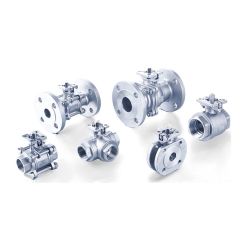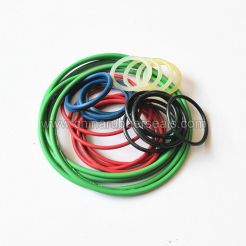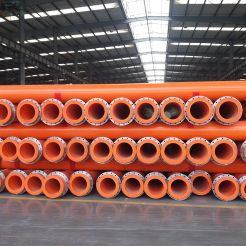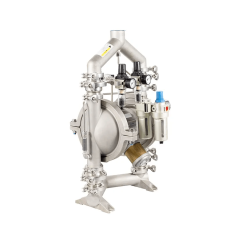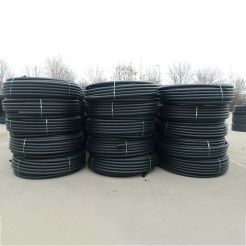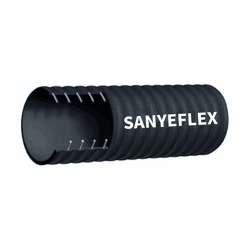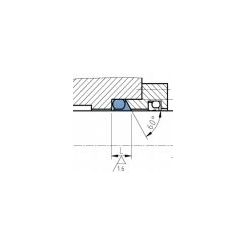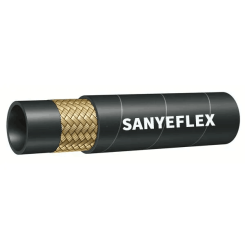Chelating resin for Brine softening
HAL LAN ™ D418 resin is suitable for brine softening, it can be used to remove divalent metal cations from industrial wastewater or other industrial water. Lithium resin extracted from salt lake.
Product Description
HAL LAN ™ D418 resin is mainly used for refining secondary brine in ion membrane caustic soda process, it can reduce calcium and magnesium ions in secondary brine to 20ppb, it can also be used for heavy metal recovery in electroplating wastewater.Chelating resin Brine softening.
HAL LAN ™ D418 resin is suitable for brine softening, it can be used to remove divalent metal cations from industrial wastewater or other industrial water. Lithium resin extracted from salt lake.
|
Appearance |
Light yellow opaque spherical particles |
|
Ionic Form as shipped |
NA+ |
|
Volume Exchange Capacity Ca2+ |
≥14 (Ca2+)g/ml |
|
Specific Gravit |
1.10-1.18g/ml |
|
Shipping Weight |
0.70-0.80g/ml |
|
Moisture Retention |
55%-65% |
|
Particle Size Range |
0.315~1.25 mm |
|
Sphere rate after abrasion |
≥95% |
Chelating resin is an important tool used in the process of brine softening. Brine softening is a commonly used water treatment process to reduce levels of hardness, ions, and other materials present in hard water. These materials, when present in high concentrations, can interfere with the efficient functioning of both industrial and domestic appliances.
Chelating resin is used as part of a two step process to absorb and remove minerals, metallic ions, and other contaminants from raw water. Typically, the first step involves the use of cationic exchange resins, which use their charged particles to absorb positively charged ions such as calcium, magnesium, and iron to the resin’s surface. As the water passes through the exchange resin, these elements are drawn to the surface and trapped.
The second step involves the use of chelating resins. Chelating resins work by binding specific target compounds, such as metals, to their surface via strong chemical bonds. These bonds render the compounds easy to be removed from the water, changing it from hard water to soft water. Chelating resins are specifically designed to target and remove trace metals, organic compounds and transition elements which can remain in the water, even after treatment with cationic exchange resins.
Chelating resin products offer improved treatment performance and longer system life, due to its robust bond strength, selectivity and stability. Chelating resins can be synthesized from a range of primary and secondary amines, including poly (diallyldimethylammonium chloride), poly (diallylamine chloride) and polymers of poly (aminoethylenephosphonic acid).
Depending on the specific application, manufacturers offer a wide range of functional, cross-linked and free base chelating resins. Functional chelates typically include di-functional amino acids, iminodiacetate (IDA), aminocyclohexane carboxylic acid (ACCA) and dicarboxylic acids, while cross-linked chelates are typically polymers of poly (acrylic acid) as well as poly (ethylene glycol) dimethacrylate (EGDMA). Free base chelates generally consist of poly (vinylamine) and poly (acrylamide) polymers.
Due to the wide range of applications, chelating resins come in a variety of sizes, shapes and physical forms. Commonly used sizes include 3mm, 4mm, and 8mm. The physical form depends on the type of chelating resin chosen and may take the shape of beads, powder, chips or pellets.
When it comes to choosing the right chelating resin for brine softening, it is important to consider the desired performance criteria and other application-specific requirements. The type of chelating resin used should also be decided based on the types of target compounds and their concentrations in the water.
With the right chelating resin, effective and reliable brine softening can be achieved. The resin will absorb and remove target ions, improve the quality of the water, reduce scale buildup and corrosion, and improve the efficiency of both industrial and domestic appliances.
Chelating resin Brine softening Packaging Details & Delivery
a. PE bag (25liters) with pallet
b. PE valve bag (25liters) with pallet
c. Super sack / big bag (1200liters ) with pallet
d. Woven bag lined with plastic bag(25/20kgs)
e. According to users' requirements
Delivery time: Within two weeks after we receive the deposit.
Please pay attention to the followings :
1. Generally, 1x20FCLcontainer can hold 24000 liters, with pallet (48bags/pallet total 20pallets)
2. 1x20FCL containercan hold max 25000 liters, with pallet (50bags/pallet total 20pallets)
3. 1x20FCL container can hold max 30000 liters, without pallet

Email: info@Hailanresin.com
Mob.: +86 166 6392 6123
WeChat: +86 166 6392 6123
Whatsapp: +8616663926123
Add.: Henan Province Hebi City Industrial Park



